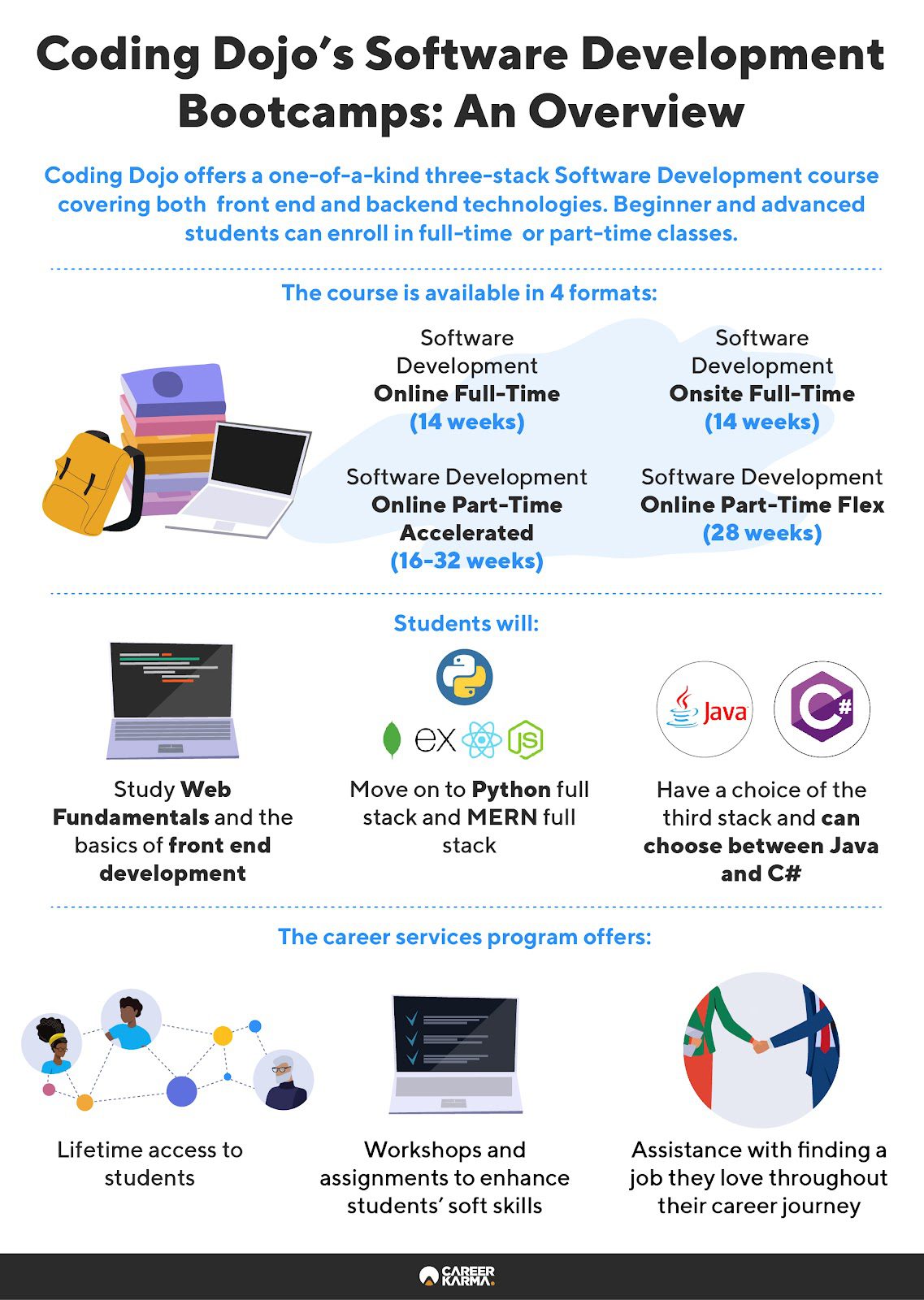There’s no denying that technology is becoming more pervasive in all aspects of life. Thanks to the Internet, various websites and apps are now part of people’s everyday lives, from food delivery to social media platforms to online tutoring. Hence, the demand for more innovative software is also increasing.
A recent Forbes article referred to software developers as “job market royalty.” The same article cited a survey that estimated there are 26.9 million developers in the world. By 2030, this figure is expected to rise to 45 million, representing a 75 percent increase in developer numbers over the next ten years. It is, without a doubt, one of the fastest-growing occupations.
Even with the number of developers already currently employed, there is still high demand for these professionals by various companies and organizations worldwide. Today, there are more vacant positions for software developers than qualified applicants. According to the popular job site Indeed, software development is among the Top 25 In-Demand Careers in 2021.
With a national average salary of $118,167, being a software developer is professionally fulfilling and financially rewarding. It’s no wonder many people are turning to bootcamps to help them become successful developers.
According to its outcomes report, Coding Dojo has some of the highest student success rates with its graduates landing relevant jobs after graduation. Let’s take a closer look at how this top-rated bootcamp prepares its students for a long-lasting career as software developers.
Coding Dojo reports one of the highest student success rates among coding bootcamps, making it a good training ground for aspiring software developers.
Learn more about Coding Dojo.How to Kickstart Your Software Developer Career with Coding Dojo

Coding Dojo offers a unique three-stack Software Development course with a comprehensive curriculum covering front end and backend technologies. The course is available in four formats: full-time onsite, full-time online, online part-time accelerated, and online part-time flex. This allows aspiring software developers to learn on a schedule that best fits their needs.
The Software Development course is suitable for beginner and advanced learners. Around 70 to 80 percent of Coding Dojo students enter the course without any prior programming experience. The program starts with web fundamentals that cover the basics of front end development and then moves on to Python full stack and MERN full stack. For their third stack, students can choose between the Java and C# full stacks.
At the end of the program, students are fully equipped with a solid foundation in popular programming languages to help them build applications.
Aside from technical skills, Coding Dojo focuses on soft skills to fully prepare its students for the job market. This is accomplished through their career services program, which offers a wide range of services, from resume development and portfolio building to mock interviews and contract negotiation assistance.
All services focus on giving their graduates the best outcomes possible. To date, Coding Dojo has helped over 8,000 graduates land new jobs, and the bootcamp reports an 89.1 percent placement rate.
Coding Dojo’s career services begin when students start their program and last all the way to post-graduation and beyond. “Throughout the program, we have milestones mapped out. Each milestone has a different workshop, one-on-ones, and assignments that students have to do as part of the career services program, on top of the technical program. Career services assist students with enhancing their soft skills,” said Kiana Pan, VP of Partnerships and Customer Success at Coding Dojo.
Coding Dojo’s entire learning experience is built around preparing its students for a long-term career in the field they choose. “We focus on teaching our students efficiency and self-sufficiency. We want to be able to teach them everything that goes into finding a job, so they know how to do it themselves. That way, they’re going to be moving forward and getting the promotion they want on their own,” Kiana continued.
What Does the Typical Software Developer Career Path Look Like?

A software developer’s career path typically begins as a junior software developer. Usually, junior software developers specialize in a specific area of development and become either front end, backend, or mobile developers.
Some organizations also require full stack developers, a role that Coding Dojo graduates are qualified for and prepared to take on. Some examples of typical tasks in this role include developing information systems by designing software solutions and determining the operational feasibility of various software.
After being in a junior role, a software developer often moves up to a senior developer or engineer role. In this role, essential requirements include designing and testing new software programs.
The next rung on the career ladder includes roles such as lead developer, software architect, or technical product manager. In these positions, you take on a management role and direct development teams in designing and coding applications. These roles also require strong communication skills as they often coordinate with multiple teams and staff members.
Being a Chief Technology Officer (CTO) or Head of Product is what many people perceive to be the pinnacle of a software developer’s professional path. The CTO is the highest technology executive position in an organization and leads the whole technology or engineering department. On the other hand, the Head of Product is responsible for managing the product development team and ensuring that its products meet customers’ needs and wants.
Technology evolves quickly, and as a developer progresses from junior developer to CTO, they will be exposed to new technologies and coding languages frequently. Coding Dojo prepares students to encounter and accept new learning opportunities as they arise.
How Can Coding Dojo Help You Build a Long-Term Career as a Software Developer?
Coding Dojo gives its students the necessary foundations to open the doors to a long and meaningful career as a software developer. More than just teaching technical skills, the coding bootcamp also provides lifelong access to its career services. “Coding Dojo alumni are part of us forever. For anybody who gets their first job, comes back, finds a second job, we’re happy to help and support them all the time,” said Kiana.
The Software Development program, combined with Coding Dojo’s career services, is designed to produce self-sufficient developers. According to a survey by Stack Overflow, 75 percent of respondents said they learn a new technology once a year or every few months. Coding Dojo’s teaching methodology gives its students the foundation and the confidence to learn new things on the job, even years after graduating. This is a critical component of Coding Dojo’s core values. The course does not just teach all the current skills a programmer needs to know today.
Rather, it teaches its students how to learn.
Kiana has some advice for those interested in Coding Dojo. “If you’re going to join Coding Dojo, we expect 200 percent commitment from you. And do your research. Oftentimes, we have people who don’t know what it truly means to go to a bootcamp. I want people to understand that if you’re going to join a tech bootcamp, it’s just as intense as a military bootcamp, but for your mind,” she shared.
Put simply, when an aspiring student has decided to attend Coding Dojo and is willing to do the work, the bootcamp will do its part in ensuring their success. This explains why Coding Dojo reviews are overwhelmingly positive.
Coding Dojo fully prepares its students not just to get their foot in the door of software development but also to be able to climb the career ladder in the tech industry. If you are interested in learning more about the successes of Coding Dojo, take a look at their full outcomes report here.
About us: Career Karma is a platform designed to help job seekers find, research, and connect with job training programs to advance their careers. Learn about the CK publication.




